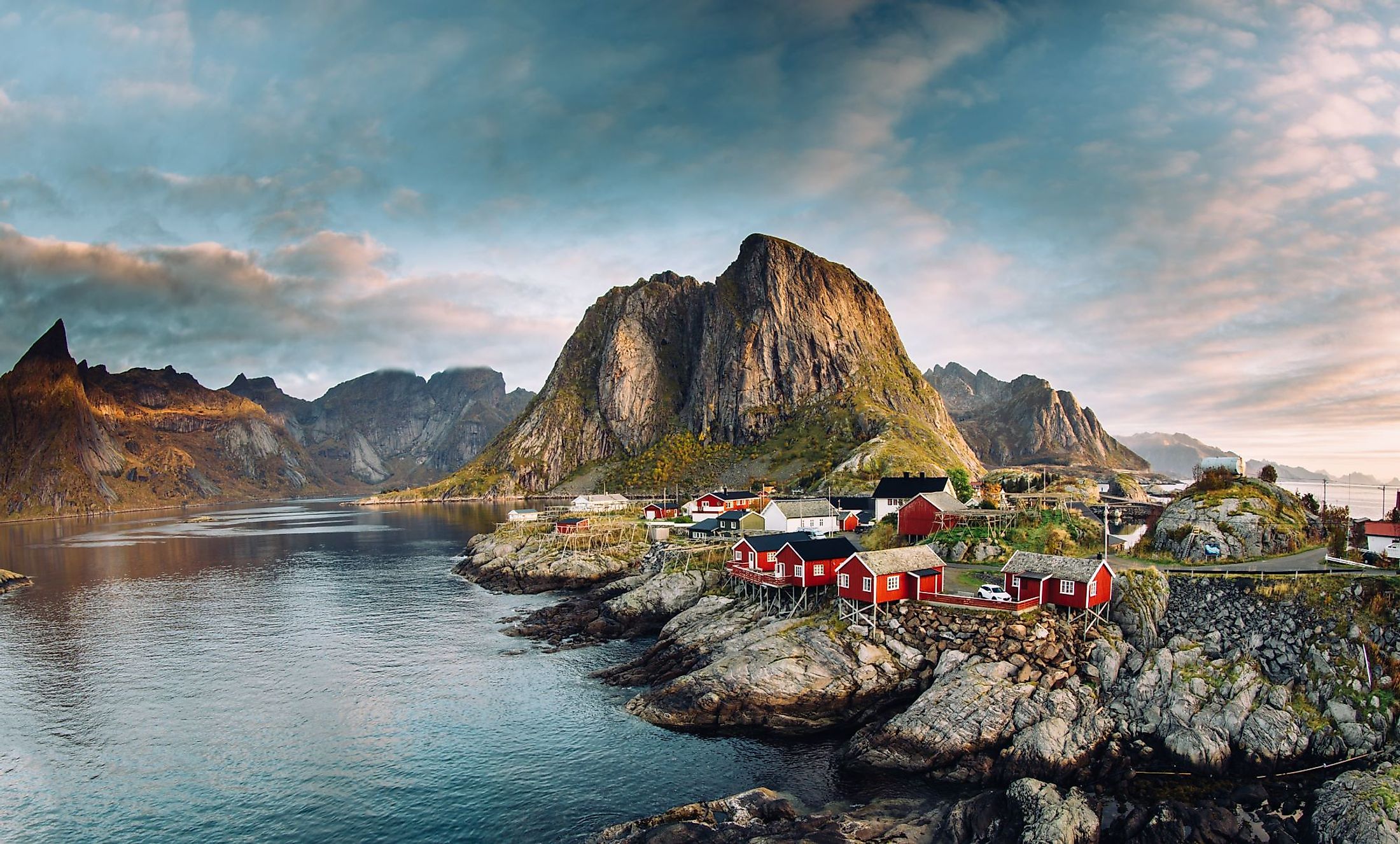
Scandinavian Mountains
The Scandinavian Peninsula situated in the northern portion of Europe is home to the world's most extensive mountain range, the Scandinavian Mountains. Norway, Sweden, and a portion of Finland make up the entirety of this region. Despite being half as tall as the Alps, the Scandinavian Mountains are not quite as grand but are comparable to the Alps in nearly all other ways. The range's most striking feature is the long, narrow, and rocky inlets known as Norwegian fjords. The Scandinavian Mountains include 141,726 named summits in total. Galdhopiggen, which rises to an elevation of 2,469m, is the range's tallest and most notable summit.
Geography Of Scandinavian Mountains
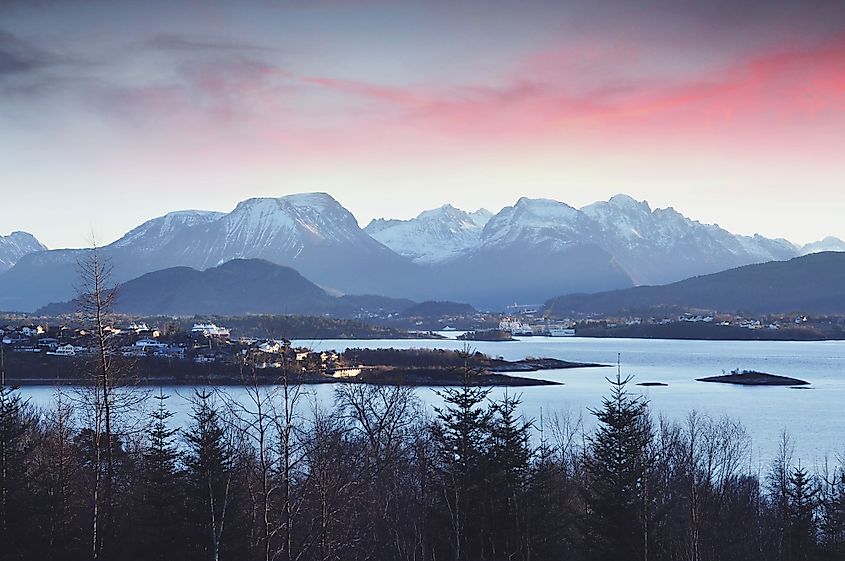
The Scandinavian Peninsula is bordered by a mountain range known as the Scandinavian Mountains. The steep western slopes of the mountains plunge into the North Sea and the Norwegian Sea to form Norway's fjords. They constitute the northern boundary between Sweden and Norway, crossing into the Arctic Circle. There is a little portion of the range that extends into Finland, however, it is largely made up of hills. Even the area of Russia that is situated on the Kola Peninsula in the Murmansk Oblast borders the northern half of the range. The tallest mountain in the range, Galdhopiggen in southern Norway, is 2,469 meters high (8,100 ft). The highest peak on the Swedish side is Kebnekaise, at 2,104 m (6,903 ft). At 1,324 meters, Halti is the tallest peak in Finland (4,344 ft). There are several icefields and glaciers on the range due to its closeness to the Arctic Ocean and North Atlantic Ocean.
Geology Of Scandinavian Mountains
Geologists disagree on the exact origin of the Scandinavian Mountains. But it's thought that the Devonian and Ordovician geological eras, some 400 million years ago, were when these mountains were constructed. The gneisses and granites that make up the majority of the rocks in the Scandinavian Mountains are substantially older than the mountain range itself. The rocks in the range are thought to be about 2.7 billion years old. Fjords, which are what give these mountains their fame, were created as a result of glacial erosion during the previous major glacier. These glaciers, which formerly covered a large portion of northern Europe, cut out deep, narrow valleys as they were dragged by gravity downhill and toward the ocean. The region's rocky, seawater-filled canyons, which are referred to as fjords, are the result of the glaciers' melting-away deposits. The other lengthy and broad terrestrial valleys of the Scandes were likewise formed with the help of glaciers.
Climate Of Scandinavian Mountains
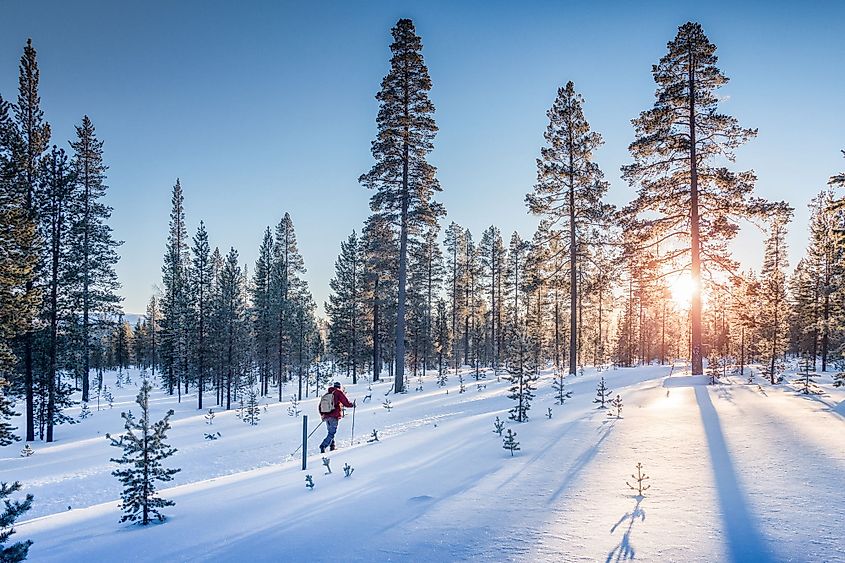
The Nordic region has a marine climate along Norway's coast and a considerably more continental climate in Sweden, which lies under the rain shadow of the Scandinavian Mountains. The weather in most westerly mountains, such as Breheimen and Hurrungane, is mostly influenced by the fronts that come with west weather. Since Rondane is located in the far east of the mountain range, it has a more continental climate. The development of a high-pressure system over Scandinavia or the Norwegian/North Seas, however, rather regularly delays the movement of the low pressures. In parts of the Scandinavian Mountains in Norway and Sweden, the climate is alpine tundra, with extremely cold winters. You encounter a northern climate with frigid winters in the areas of Greenland and Iceland, which are located further north.
Brief History Of Scandinavian Mountains
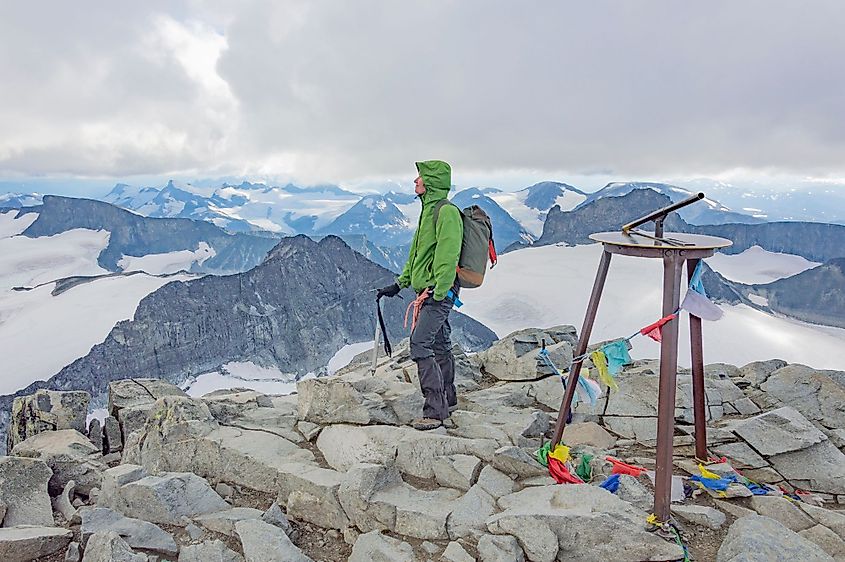
The people who first inhabited Scandinavia's mountainous regions were mostly hunters who hunted reindeer and caught them by forcing them into pit traps. These hunters eventually stayed, raised livestock, and planted crops on the lush valley bottoms. The land became limited, and the population grew throughout the 16th century. People were compelled to clear rough, rocky ground to live there, and they began to graze their animals more often in the summer on the mountain meadows. Families arrived when farms were wrested from the forest and homes were constructed. A few of the farms were built on highly precarious mountain shelves. Over the past century, many of these historic farms—as well as the seters in the summer pastures—have been abandoned. Fortunately, many of these have recently undergone restoration and are now overnighting cabins. Towards the end of the 19th century, Norwegian mountaineering, sometimes known as tinderangling, became popular.
Flora And Fauna Of Scandinavian Mountains
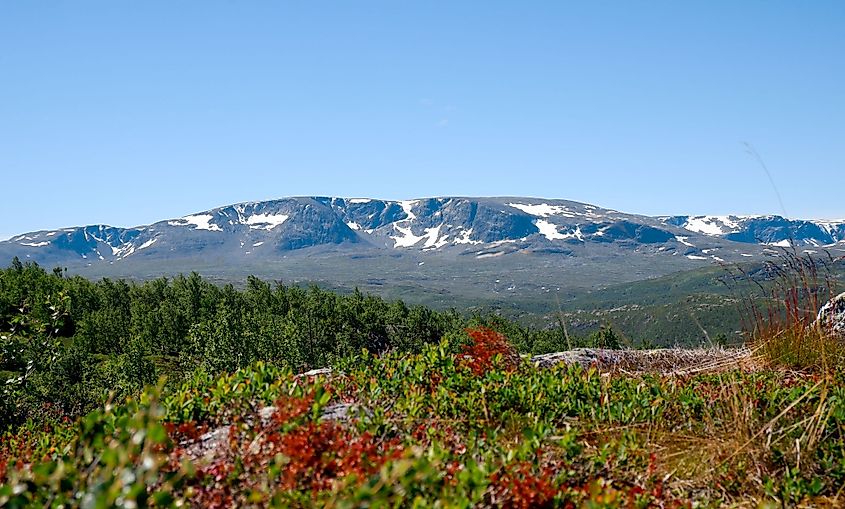
The Scandinavian Mountains have a comparatively diverse range of flora and fauna. It must endure an environment that is quite unpredictable, though. The summer months are simple. Frost is uncommon, even on the highest summits, and temperatures are often pleasant, hovering around the teens. Plants grow quickly and may support vast populations of insects since the days are long and the light is ample. This then makes it possible for several other animals and birds to have an abundance of food to breed. However, it has an extremely severe climate in the winter. Almost everything is covered in a thick coating of snow, the temperatures stay below freezing for months, and nothing grows during the incredibly brief, gloomy days. Food is extremely scarce; thus, everything needs a survival strategy.
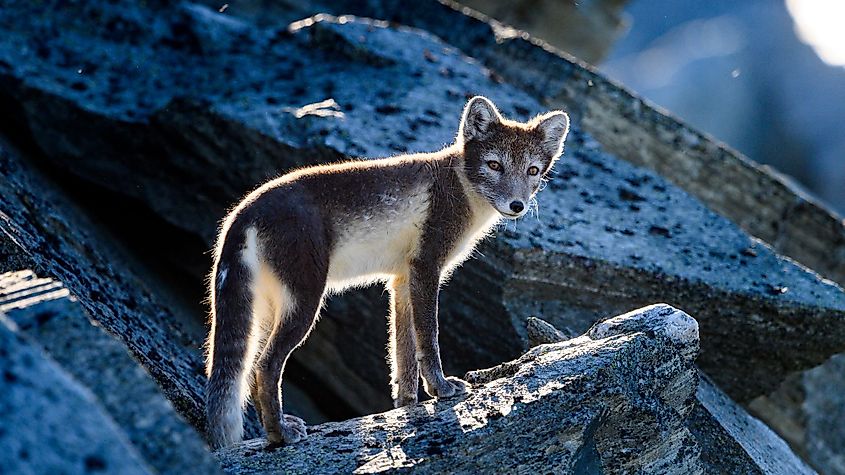
The common animals found in the mountains are bears, lynxes, arctic and red foxes, stoats, commons shrews, different kinds of reindeers, and many more. Among the bird species, we have willow warblers, redpolls, white wagtails, yellow hammers, blackbirds, ravens, ospreys, and goshawks. For the flora, we can see different types of trees & shrubs (like cots pine and Norway spruce), and flowers (like wolfsbane, water avens, and northern catchfly). The list is certainly not exclusive to all the diverse animal and plant species found within the mountains. In the Scandinavian Mountains, there are several locations to view and explore. Whether you love hiking or cycling, the Scandinavian Mountains Range is a region where the best adventures await you.











